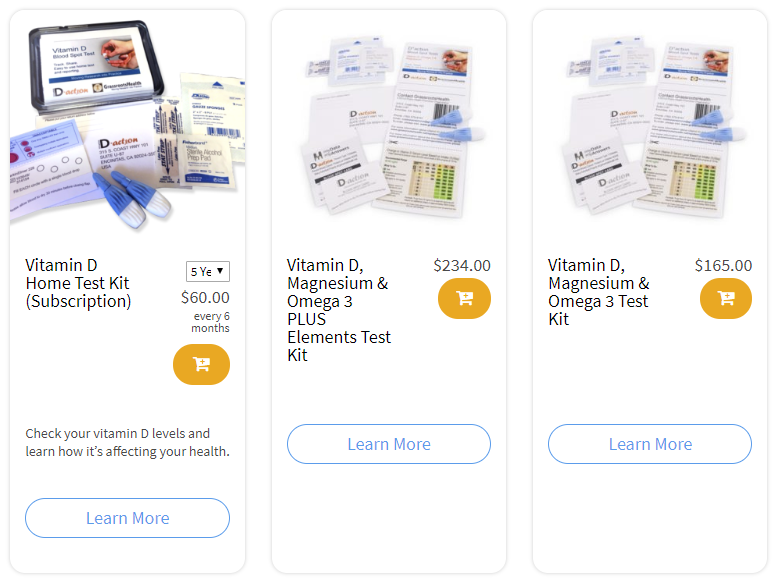Published on March 17, 2020
![]() In a previous blog, we assessed the EPA+DHA intake requirement to achieve an Omega-3 Index of 8% or higher, the optimal level for health, and found that among participants who reported no fatty fish intake (to ensure no major sources of EPA+DHA input beyond supplements), ~1,300 mg/day of EPA+DHA was needed for 50% of the population to achieve an Omega-3 Index of 8%. In today’s blog, we will explore whether weight affects Omega-3 Index using YOUR omega-3 data.
In a previous blog, we assessed the EPA+DHA intake requirement to achieve an Omega-3 Index of 8% or higher, the optimal level for health, and found that among participants who reported no fatty fish intake (to ensure no major sources of EPA+DHA input beyond supplements), ~1,300 mg/day of EPA+DHA was needed for 50% of the population to achieve an Omega-3 Index of 8%. In today’s blog, we will explore whether weight affects Omega-3 Index using YOUR omega-3 data.
The chart below shows the daily amount of EPA+DHA intake from supplements by Omega-3 Index for GrassrootsHealth participants who weigh less than 150 pounds (68 kg) and those who weigh 150 pounds or more.
We found that those weighing more needed more EPA+DHA to achieve an Omega-3 Index of 8% compared to those weighing less. Specifically, for 50% of the population to achieve an Omega-3 Index of 8%, approximately 1,480 mg/day of supplemental EPA+DHA was needed for those weighing 150 pounds (68 kg) or more and approximately 1,040 mg/day was needed for those weighing less than 150 pounds. That’s 42% more supplemental EPA+DHA.
Test to Make Sure You Are Getting Enough
It is important to point out that the above mentioned intake amounts are averages and there is a large amount of variability in the omega-3 status for different people with the same intake amount. Therefore, we recommend that individuals measure their Omega-3 Index and determine a personalized dose. Check out our Omega-3 calculator to help you determine the estimated dose needed for you to reach your desired Omega-3 Index.
Make sure you also know your vitamin D level, and take steps to keep it within a target of 40-60 ng/ml or 100-150 nmol/L! Through GrassrootsHealth Nutrient Research Institute, you can also test your essential elements magnesium, copper, zinc and selenium, toxins such as lead, mercury and cadmium, as well as your omega-3 levels, inflammation levels and thyroid stimulating hormone (TSH) level. Find out your levels today! Log on to the test selection page (click the link below) to get your tests and see for yourself if your levels can be improved.
Make sure you track your results before and after, about every 6 months!
Click Here to Access the Test Page
How can I track my nutrient intake and levels over time?
To help you track your supplement use and nutrient levels, GrassrootsHealth has created the Personal Health Nutrient Decision System called
For each specific supplement, you can track what days you take it, how much, and many other details. This will help you know your true supplemental intake and what patterns of use work for you to reach and maintain optimum nutrient levels. Check it out today!









